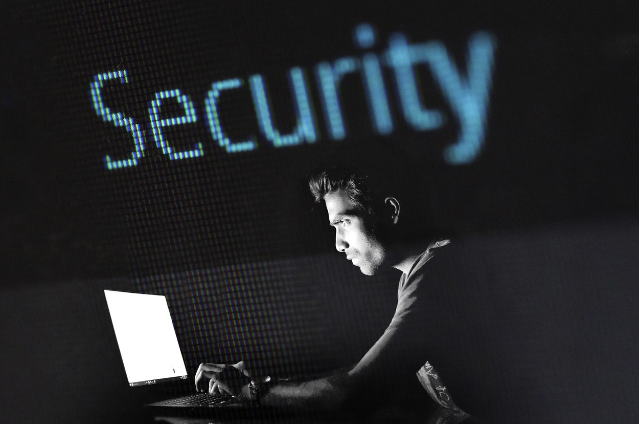
Image by methodshop from Pixabay
Pressing Issues:
- Rise in Sophisticated Attacks: The technological advancement of cybercriminals has led to the creation of sophisticated attack methods that can bypass traditional security measures. Techniques like zero-day exploits, polymorphic malware, and advanced persistent threats (APTs) challenge the ability of organizations to detect and prevent intrusions effectively.
- Supply Chain Vulnerabilities: Organizations often rely on third-party vendors, software providers, and suppliers for various components of their operations. However, this interconnectedness introduces vulnerabilities that attackers can exploit. A breach in a supplier's network could lead to a compromise of the entire supply chain, impacting multiple organizations downstream.
- Human Error and Insider Threats: Despite technological advancements, human error remains a significant contributor to security breaches. Employees may inadvertently fall for phishing scams, click on malicious links, or mishandle sensitive data. Additionally, insider threats pose a risk when employees or contractors intentionally misuse their access to steal or compromise data.
- IoT Security: The proliferation of Internet of Things (IoT) devices has created a vast attack surface. Many IoT devices lack adequate security measures, making them susceptible to exploitation. Attackers can compromise these devices to gain entry into larger networks or use them for Distributed Denial of Service (DDoS) attacks.
Effective Solutions:
- AI-Powered Security: Machine learning algorithms can analyze large datasets to identify patterns indicative of cyberattacks. They can learn normal behavior and detect anomalies that might indicate an ongoing intrusion. AI-driven threat intelligence platforms enhance the accuracy of threat detection and response.
- Blockchain for Supply Chain Security: Blockchain's decentralized and tamper-proof nature can be utilized to create a secure and transparent supply chain. It ensures the integrity of transactions, provides traceability, and prevents unauthorized modifications.
- Continuous Employee Training: Regular cybersecurity training helps employees recognize phishing attempts, practice good password hygiene, and understand their role in maintaining a secure environment. Simulated phishing exercises can further raise awareness and improve responses.
- Multi-Factor Authentication (MFA): MFA adds an additional layer of authentication, requiring users to provide more than one piece of evidence to verify their identity. This prevents unauthorized access even if a password is compromised.
- Zero Trust Architecture: Zero trust assumes that no user or device should be inherently trusted. It enforces strict access controls, continuous monitoring, and authentication for all devices and users trying to access resources.
- Regular Software Updates: Timely application of security patches and updates is crucial to address known vulnerabilities. Regular vulnerability assessments can help identify potential weak points in software and systems.
- IoT Security Standards: Advocating for industry-wide security standards ensures that IoT devices are designed with security in mind. This includes measures such as secure booting, over-the-air updates, and strong encryption for data in transit.
- Data Encryption: Encryption converts sensitive data into unreadable format unless decrypted with the appropriate key. End-to-end encryption ensures that even if data is intercepted, it remains inaccessible to unauthorized parties.
- Incident Response Plan: A well-defined incident response plan outlines steps to identify, contain, eradicate, and recover from cyber incidents. Regular testing and updates to the plan ensure an organization is prepared to handle breaches effectively.
- Collaboration and Information Sharing: Building strong relationships with other organizations and sharing threat intelligence can help the cybersecurity community collectively respond to emerging threats faster and more effectively.
In conclusion, addressing the challenges posed by cyberattacks, data breaches, and online frauds requires a multi-faceted approach that combines technological solutions, employee awareness, collaboration, and continuous improvement. As the digital landscape evolves, organizations must remain vigilant in adapting their strategies to combat ever-changing threats.
. . .
Discus
